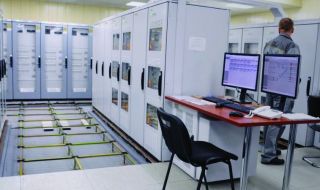DOE moves to strengthen domestic supply chain of critical minerals
The Department of Energy has issued new guidance for applicants to its Loan Programs Office (LPO), stating a preference for projects related to critical minerals.
The guidance, a notice for which was published in the December 1 Federal Register, aims to boost the domestic supply chain of critical minerals in support of two of President Trump’s executive orders: the September 2020 order regarding the nation’s reliance on foreign sources for critical minerals, and the December 2017 order regarding the implementation of a federal strategy to ensure a domestic supply of those minerals.





 The inaugural
The inaugural 


 With input from the American Nuclear Society and other organizations, the
With input from the American Nuclear Society and other organizations, the 




